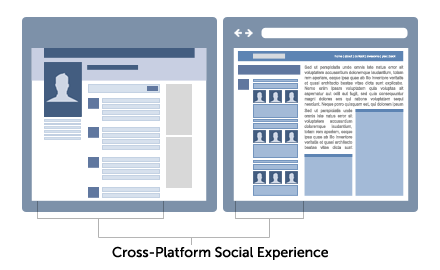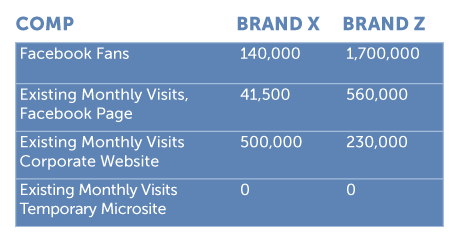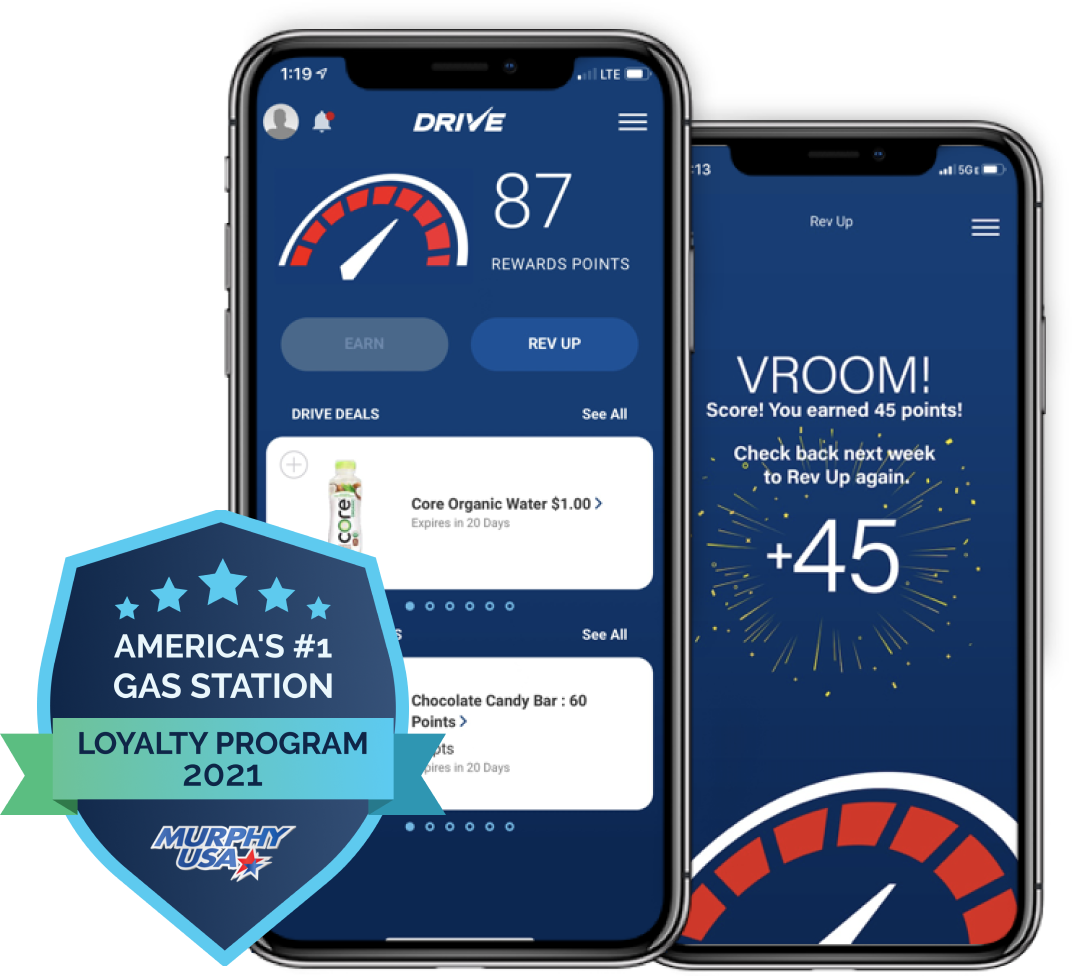
A lot of our clients ask us about the merits of cross-platform experiences. I’ll define a cross-platform social experience as a consumer facing social experience that spans to engage consumers in a seamless fashion across platforms–Facebook, social website (a website leveraging social graph components), mobile, YouTube, Twitter, etc.
Let’s start with the first part of the question; the simple answer is Yes, it is possible to develop and launch a social experience seamlessly across Facebook and a brand website. With Facebook making the switch from fbml to iFrame it not only expands the possibilities of what can be done within a Fan Page, but it also opens up the door for the development of fully connected experiences across the web. In layman terms and for our purposes, an iFrame can be viewed as a container that houses web applications, enabling for the development of one application that lives inside a container that can be placed both on Facebook and on any website. Add to the mix the recently launched Registration Plugin–a streamlined way to offer a customized registration option and an effective means of engaging consumers that may not yet have a Facebook account–and you have a robust mechanism to develop and launch one application with a seamless user experience across both Facebook and a social website.
Now that we checked off the feasibility part of the question, let’s address whether there is tangible business value in deploying additional resources to launch experiences both on Faceboook and a brand website. For our exercise, let’s remain agnostic and say that Facebook pages, corporate websites, and temporary microsites are all owned media channels and that each has its place in the digital marketing toolkit. For us, the value of these owned media channels for the deployment of social experiences is dependent on the existing volume of organic consumer traffic. We equate existing monthly visits that are organically generated to earned media. Brands looking to decide between launching an experience on Facebook, a temporary microsite, and/or their corporate website, should evaluate their existing user base & traffic, and cost & benefits of delivering a set amount of traffic via paid media to each channel. As a fictional example, let’s take a look at some figures for Brand X and Brand Z:

Looking at the above numbers it is easy to see that a temporary microsite is a more costly choice for either brand as there is no existing organic traffic that can be leveraged to drive engagement with the social experience if it were launched on a temporary microsite. In general, launching any type of experience on a temporary microsite is going to require a higher media spend, which normally results in a lower yield per dollar spent than a media spend within Facebook, due to the earned media that is generated by a Facebook media buy as the paid media impressions flow and amplify throughout the social graph.
Let’s examine the differences between the traffic numbers for Brand X and Brand Z and how they impact the choice of whether or not to launch a cross-platform social experience. Brand X has ten times as much organic traffic on its corporate site than it does on Facebook, whereas Brand Z has twice as much organic traffic on its Facebook page than its corporate website. Both brands have an existing community on Facebook, however, Brand Z has a much more established community and a higher level of active engagement within the community than Brand X.
What does this tell us? Well, in reality the numbers can be interpreted in different ways, depending on the line of business of the company and the type of experience that the company is looking to launch.
Let’s assume that Brand X is an online retailer that is looking to run a campaign to engage consumers around its upcoming spring wares. Based on the numbers, we would recommend that Brand X leverage its existing customer traffic on its corporate site to create a viral loop between its website and Facebook. This would entail developing and launching the same social experience both on the Brand X site and on Facebook.
Let’s look at Brand Z, which has a much larger and more engaged Facebook community on Facebook than its website. Assuming that Brand Z is a maker of carbonated beverages looking to drive consumer engagement to a holiday campaign what should they do? This one can go both ways depending on the Brand Z’s budget and how much value Brand Z places on its corporate site. Basing the decision only on the above numbers, we would recommend that the brand launch the experience on Facebook and drive all other media to the experience on Facebook. The reason for the recommendation being that the brand already has a well established and highly engaged community on Facebook that can be instantly activated with an engaging social experience.
I want to end by saying that though the technology and tools enable the delivery of one unified experience through one application across both Facebook and a social website, best practice is to tailor the user experience to the channel to ensure ease of use and optimal engagement. And most importantly, whether it’s an evergreen solution or a two month long program, the broader concept and execution of the social experience will in the end determine its success or failure. Let the design and development of more optimized cross-platform social experiences begin.





